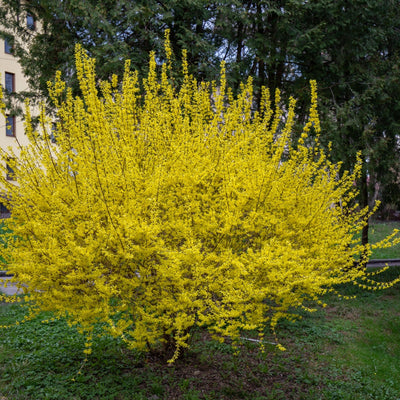Soil Erosion Plants For Stream Banks And Their Benefits
January 13, 2023
Soil Erosion Plants for Stream Banks
Erosion control is essential in upholding soils with the proper nutrients. Conditions that lead to erosion include physical disturbances, inclement weather, and overuse. Adding plants to prevent corrosion is an excellent biological method to safeguard the environment. It’s also a common way to maintain and repair stream banks. Choosing the right plants, such as an evergreen shrub, ensures effective erosion control and landscape stability. Native plants complement natural landscapes and don’t need much special care.
Effects of Erosion
Stream banks suffer from erosion because natural elements, including wind and rain, wear away necessary topsoil. This leads to exposed areas that lack nutrients, which then become a magnet for unwanted plants and weeds. Barren areas also introduce pollutants and can harm water supplies. Since it can take decades to rebuild topsoil, keeping it in place is vital.
How Erosion Control Works
Shrubs and grasses work well when you want to reduce soil erosion. That’s because leaves help cushion raindrops to hit the ground with less velocity. That makes it harder for raindrops to splash away soil. Additionally, the roots help keep the soil together and make it harder for it to wash away.
Types of Plants to Use
Combine cover crops, ground covers, and low shrubs that spread with ornamental grasses. That’s because this arrangement does not leave any bare soil. You can also opt for turfgrass suitable for your area, whether you live in a warm or cold climate. When selecting the proper seeds, they rapidly establish after germination in the spring.
Cover Crops
Cover crops, also known as living mulch, work well for erosion control because these easy-to-grow plants establish their roots in nets underground. That keeps competitive weeds at bay and helps to anchor vital topsoil. When cover crops compost, they increase nutrients in the soil. Plants that fall under this distinction include clover, rye, and vetch.
Ground Covers
Ground covers share some of the same characteristics but are different plants. While cover crops generally consist of annuals, ground covers are perennials that shield soil for many years. Ornamental groundcovers suitable for erosion control include creeping juniper, ivy, periwinkle, and weeping forsythia.
Grasses
Grasses fit comfortably into any landscape and transplant easily. Native ones thrive better because they need less maintenance. They find the nutrients they need in the existing soil and adapt to the growing conditions because they’re programmed to succeed. The correct native grasses to combat soil erosion depend on each region and growing zone. Generally, foxtail, smooth brome, Timothy grass, and some wheatgrass varieties are excellent options. Using vegetation as erosion control works best when established under professional guidelines. Plants take up to three years to achieve maximum erosion control status, but they protect before and after that period.


